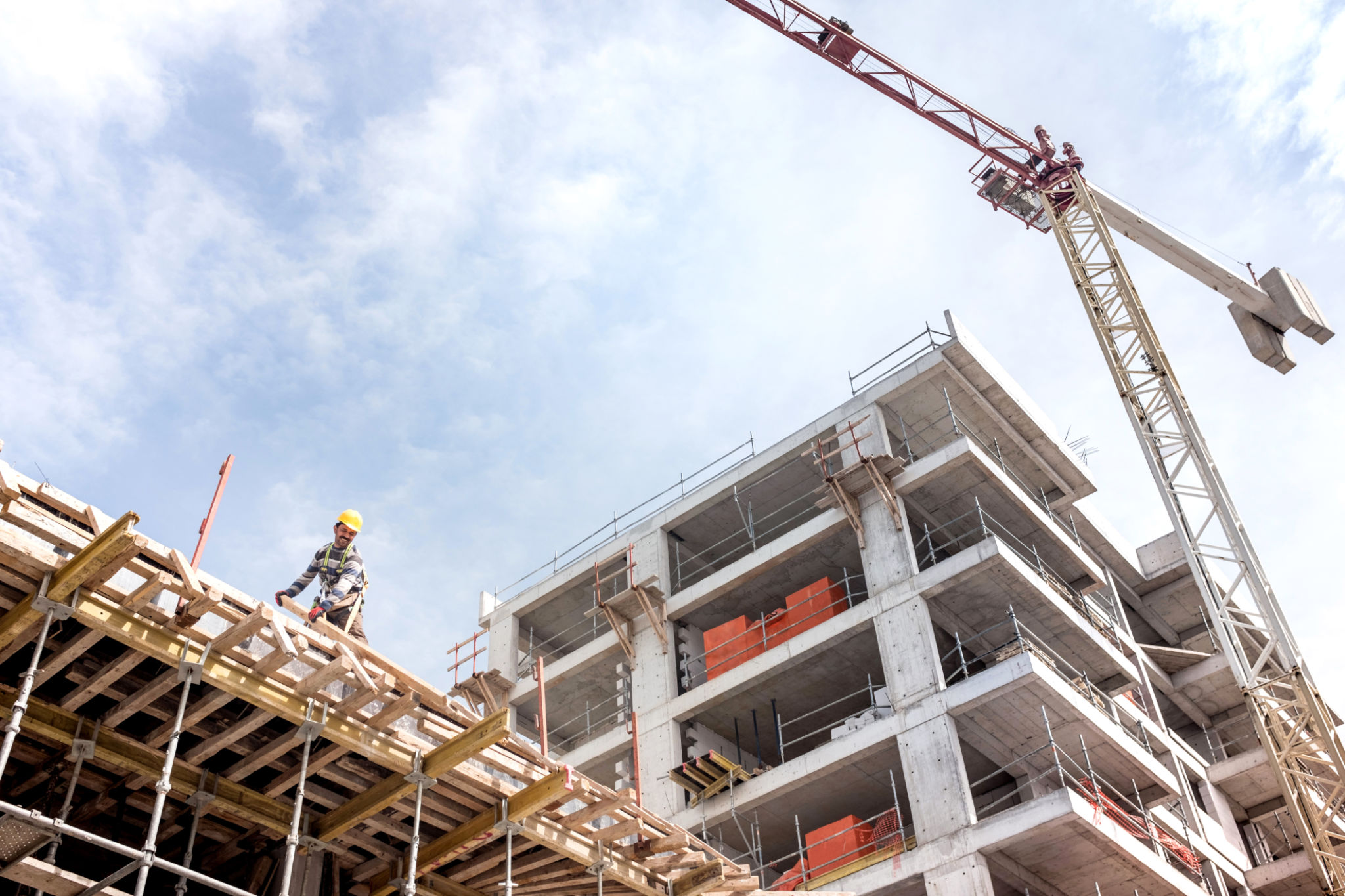The Benefits of Prefabricated Homes in Urban Environments
The Rise of Prefabricated Homes
In recent years, urban environments have witnessed a shift in housing solutions, with prefabricated homes becoming increasingly popular. These homes, often referred to as "prefabs," are constructed off-site and then assembled at their final destination. This innovative approach to housing offers numerous benefits, especially in bustling urban settings.

Time Efficiency and Quick Assembly
One of the most significant advantages of prefabricated homes is the speed of construction. Traditional building methods can take months or even years, while prefabs can be assembled in just a few weeks. This rapid construction process is particularly beneficial in urban areas where housing demand is high and space is limited.
The quick assembly is made possible by constructing sections of the home in a controlled factory environment. This method reduces the likelihood of weather-related delays and ensures that each part of the home is built to precise specifications.
Cost-Effectiveness
Prefabricated homes can also be more cost-effective than traditional homes. The controlled manufacturing process reduces waste and allows for bulk purchasing of materials, which can significantly lower costs. Additionally, the reduced construction time means fewer labor hours and associated expenses.

Sustainability and Environmental Impact
Prefabricated homes are often praised for their sustainability. The precise manufacturing process leads to less waste, and many prefab companies prioritize using eco-friendly materials. Furthermore, these homes are typically more energy-efficient, as they are designed to meet high standards of insulation and energy use.
In urban environments, where space is at a premium, prefabricated homes can be designed to fit smaller lots without sacrificing comfort or style. This adaptability makes them an ideal choice for city dwellers looking to minimize their environmental footprint.
Design Flexibility
Contrary to popular belief, prefabricated homes offer a wide range of design options. Homeowners can choose from various styles, layouts, and finishes to create a home that suits their personal tastes and needs. This flexibility extends to multi-unit designs, making prefabs suitable for apartment complexes or mixed-use developments in urban areas.

Improved Quality Control
The factory setting in which prefabricated homes are built allows for strict quality control. Each component is inspected before it leaves the facility, ensuring that it meets the necessary standards. This attention to detail often results in higher quality construction compared to traditional on-site builds.
Conclusion
In summary, prefabricated homes offer a multitude of benefits for urban environments, from time and cost savings to environmental sustainability and design flexibility. As cities continue to grow and evolve, these innovative housing solutions are poised to play a significant role in shaping the future of urban living.
